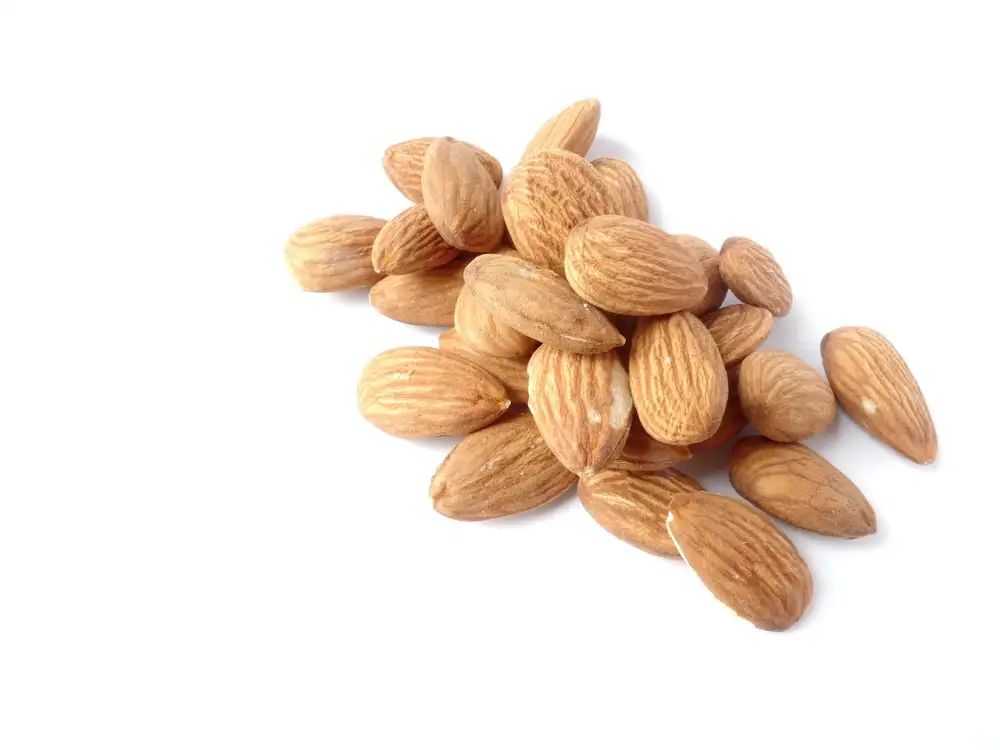Discover the Delightful Versatility of Almond Meal: Elevate Your Culinary Creations with this Nutty Flour

- Health benefits of almond meal, including its high protein and fiber content
- Culinary uses of almond meal in baking, cooking, and as a gluten-free alternative
- Tips for incorporating almond meal into recipes for added flavor and texture
- Exploring the various types of almond meal available in the market
- How to make almond meal at home using whole almonds
- Storage and shelf life of almond meal to maintain freshness and quality
- Addressing common misconceptions about almond meal and its potential allergenicity
Almond meal, derived from finely ground almonds, is a versatile and nutritious ingredient that can elevate your culinary creations. With its delicate nutty flavor and rich texture, almond meal adds depth and complexity to a variety of dishes. Whether you're baking, cooking, or looking for a gluten-free alternative, almond meal is a must-have in your pantry. Its versatility allows you to explore new flavors and experiment with different recipes, making it an essential ingredient for any food enthusiast.
Health benefits of almond meal, including its high protein and fiber content
Almond meal is not only a versatile ingredient, but it also offers numerous health benefits. One of the key advantages of almond meal is its high protein content, making it an excellent choice for those looking to increase their protein intake. Additionally, almond meal is rich in dietary fiber, which aids in digestion and promotes a feeling of fullness. By incorporating almond meal into your recipes, you can enjoy the nutritional benefits while indulging in delicious culinary creations.
Culinary uses of almond meal in baking, cooking, and as a gluten-free alternative
Almond meal is a versatile ingredient that can be used in a variety of culinary creations. In baking, it adds a rich and nutty flavor to cakes, cookies, and muffins. It also provides a moist and tender texture to baked goods. Almond meal can be used as a coating for meats and vegetables, adding a crispy and flavorful crust when pan-fried or oven-baked. Additionally, almond meal serves as an excellent gluten-free alternative to traditional flours, making it suitable for those with dietary restrictions or preferences. Its fine texture allows it to be easily incorporated into recipes without compromising taste or texture. Whether you're baking or cooking, almond meal is sure to elevate your dishes with its delightful versatility.
Tips for incorporating almond meal into recipes for added flavor and texture
Almond meal is a versatile ingredient that can add a delightful flavor and texture to your culinary creations. Here are some tips for incorporating almond meal into your recipes:
1. Baking: Replace a portion of the flour in your favorite cake or cookie recipe with almond meal. It will add a nutty richness and moistness to your baked goods.
2. Coating: Use almond meal as a coating for meats, fish, or vegetables. It adds a crispy texture and enhances the flavor of the dish.
3. Smoothies: Add a tablespoon of almond meal to your smoothies for an extra boost of protein and fiber. It will also give your smoothie a creamy consistency.
4. Pancakes and waffles: Substitute some of the flour in your pancake or waffle batter with almond meal. It will give them a nutty taste and make them more filling.
5. Crusts and toppings: Use almond meal as a base for pie crusts or as a topping for casseroles or fruit crisps. It adds a delicious crunch and complements both sweet and savory dishes.
Remember to adjust the liquid content in your recipes when using almond meal, as it absorbs more moisture than regular flour. With these tips, you can elevate the flavor and texture of your dishes with the delightful versatility of almond meal.
Exploring the various types of almond meal available in the market
When it comes to almond meal, there are several types available in the market. The most common type is made from blanched almonds, where the skins have been removed before grinding. This results in a finer texture and a lighter color. Another type is made from whole almonds with the skins intact, giving it a slightly coarser texture and a darker color. Some brands also offer almond meal made from roasted almonds, which adds a nuttier flavor to your dishes. Whichever type you choose, make sure to read the labels and select high-quality almond meal for the best results in your culinary creations.
How to make almond meal at home using whole almonds
Making almond meal at home is a simple and cost-effective way to enjoy the benefits of this versatile ingredient. To make almond meal, start with whole almonds. First, blanch the almonds by placing them in boiling water for about one minute, then drain and rinse them with cold water. Next, remove the skins by gently squeezing each almond between your fingers. Once the almonds are skinless, allow them to dry completely. Finally, grind the dried almonds in a food processor or blender until they reach a fine, flour-like consistency. Homemade almond meal can be stored in an airtight container in the refrigerator for up to three months.
Storage and shelf life of almond meal to maintain freshness and quality
To maintain the freshness and quality of almond meal, proper storage is essential. It is recommended to store almond meal in an airtight container in a cool, dry place, such as the pantry or refrigerator. This will prevent exposure to moisture and humidity, which can cause the almond meal to become rancid. When stored correctly, almond meal can last for up to six months. However, it is always best to check for any signs of spoilage before using it in your culinary creations. By storing almond meal properly, you can ensure that it retains its nutty flavor and adds a delightful touch to your dishes.
Addressing common misconceptions about almond meal and its potential allergenicity
Addressing common misconceptions about almond meal and its potential allergenicity is important for those who may have concerns. While almonds are a common allergen, the process of making almond meal removes much of the allergenic proteins, making it safe for most individuals with nut allergies. However, it is always recommended to check with a healthcare professional if you have any doubts or concerns. Almond meal can be a delicious and nutritious addition to your culinary creations without compromising your health or safety.
In conclusion, almond meal is a valuable ingredient that can elevate the art of food enjoyment. Its versatility and nutritious profile make it a great addition to any culinary creation. Whether you are baking, cooking, or looking for a gluten-free alternative, almond meal can enhance both the flavor and texture of your dishes. With its high protein and fiber content, it also offers numerous health benefits. So why not explore the delightful world of almond meal and take your culinary creations to new heights?
Published: 04. 12. 2023
Category: Food



